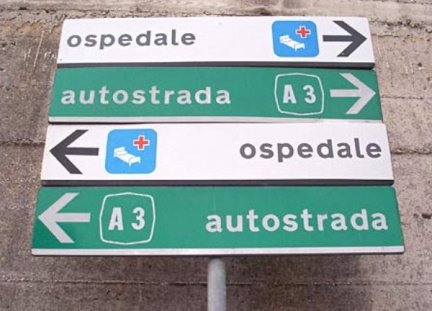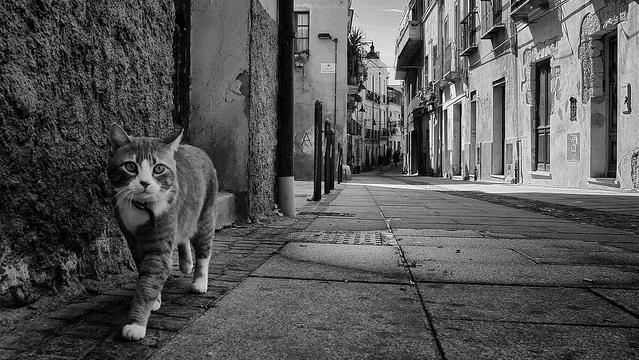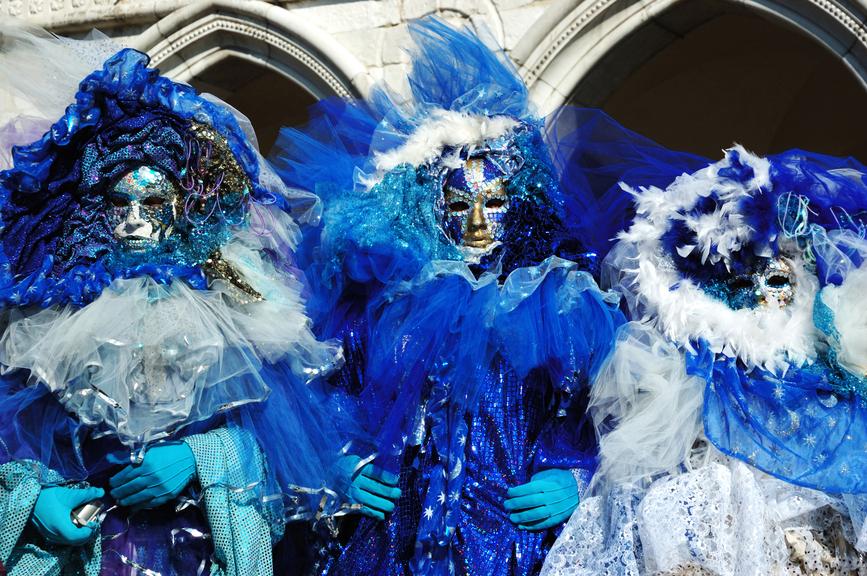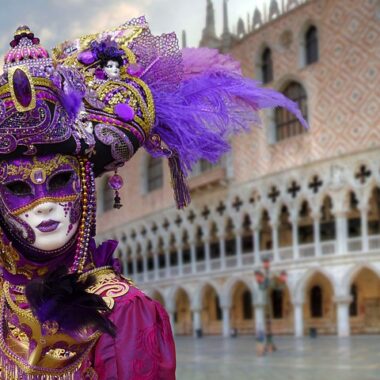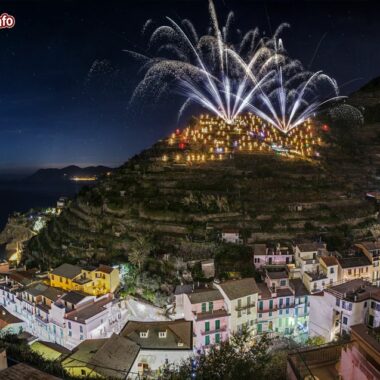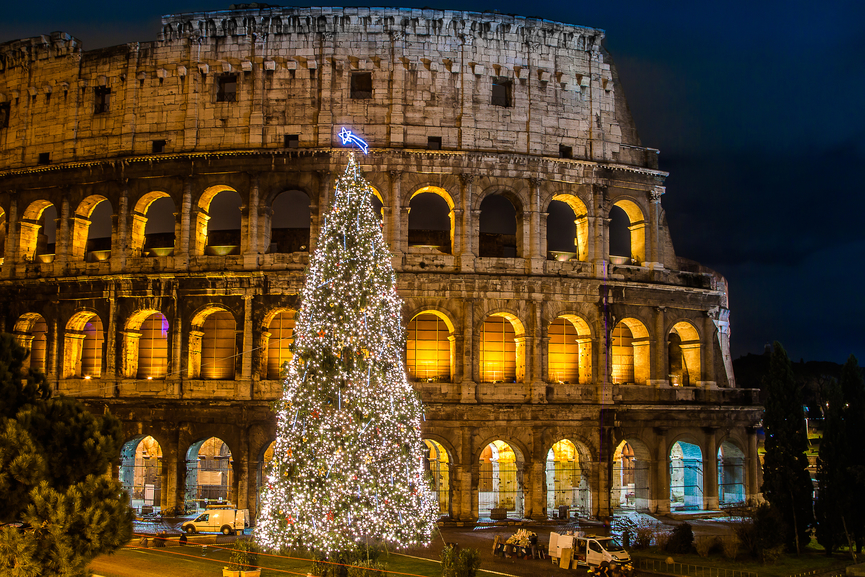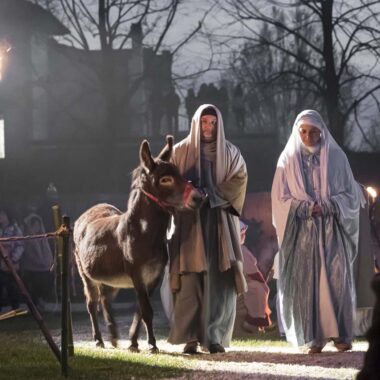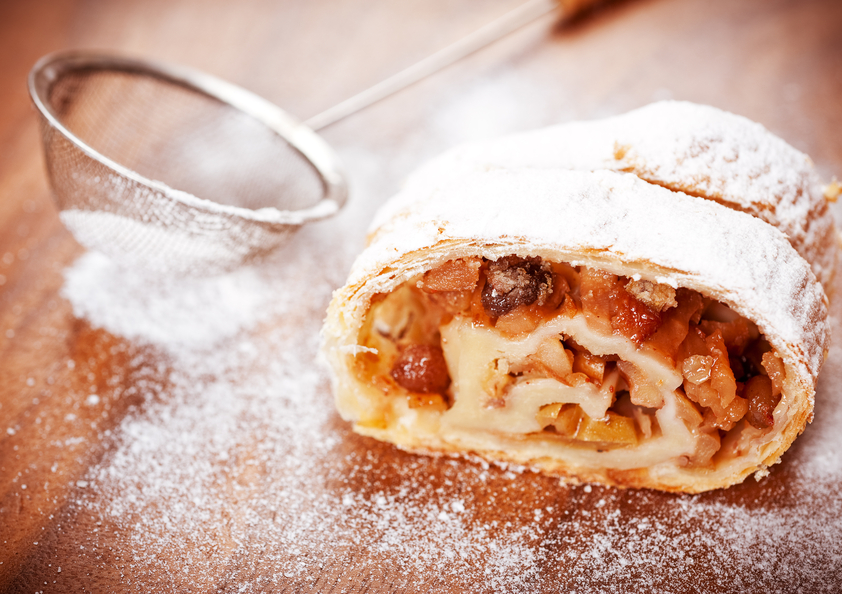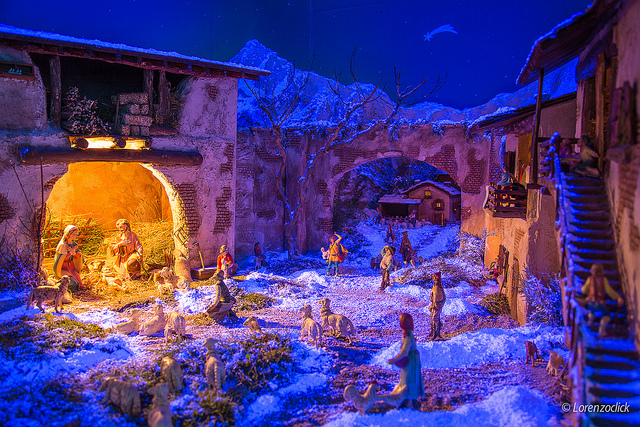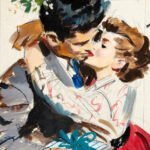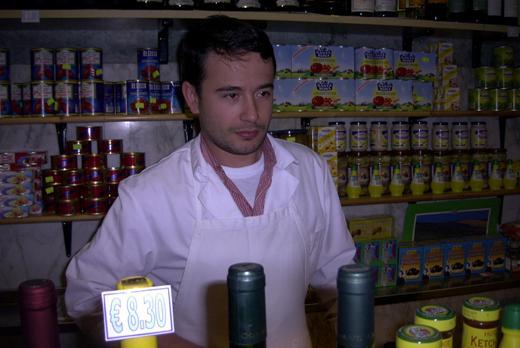
We’re a nation of fortune seekers and lucky charms lovers (no, not the cereals… although I admit I did contemplate the possibility, once, to buy a large bag of Lucky Charms marshmallows) and, if there’s a time of the year when it shows, it’s certainly at Capodanno, our New Year’s Eve.
I must admit that if we had to follow each ritual down to a T, organizing the night, no, living and enjoying the night, would be basically impossible: between what to eat – and when– what to wear and in which color, where and whom to kiss, there’d be enough to get us all stressed to bits and in need of a shot of tequila to get some relax.
In fact, a lot of how everyone in the world celebrates New Year’s Eve is Italian in origin, and it hails from long gone centuries: did you know it?
Although certainly familiar with the rituals and the traditions themselves, Italians today seem, however, to be almost entirely unaware of their origins, or so has found out a research promoted by San Pellegrino, one of the best known names of the made in Italy all over the world. Apparently, 72% of Italians ignore what stands behind the most popular Capodanno traditions. For instance, more than half of an acknowledged sample of about 2000 people thought that wearing red underwear had an explicitly sexual connotation. They ignored the true symbolism behind the color itself. It has been used for centuries to exorcise war and disasters. Even more people, about 69%, admitted to be unaware of the reasons behind the popular culinary habit of eating lentils at the ringing of the new year.
In spite of loving it so much, the poll continues, 7 out of 10 of us ignore why we celebrate Capodanno the way we do. And the San Pellegrino–commissioned research was pretty exhaustive and thorough, as it took into account people between 18 and 65 years of age, and used the web as its main means of communication.
So many rituals to follow, so little knowledge of them! I admit that I’m not fully in the know about the origin of many of them myself, so it’ll be a pleasure to explore them with you. (esides the story about the red underwear: I’m a Classicist by education and formation, so I’m pretty on top of all that is “Ancient Rome”). Where do we begin from?
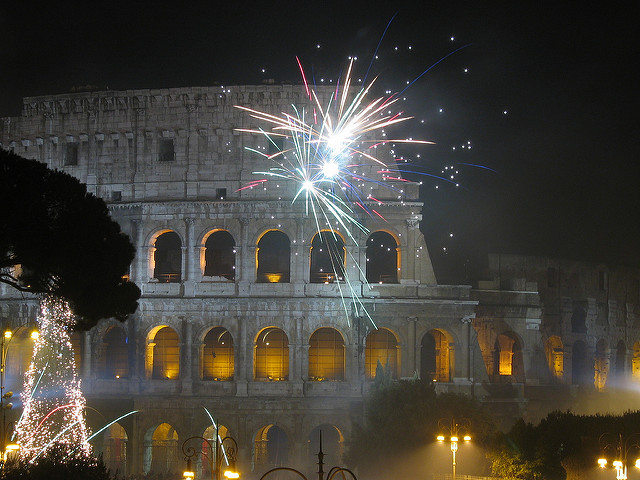
Some general thoughts on New Year in Italy
Before getting into the nitty-gritty of our traditions, there are some general considerations on the way we normally celebrate New Year’s Eve you may find interesting.
When it comes to the party proper, we tend to prefer privately organized gatherings, maybe at some friends’ pad, rather than head out to the pub or a club. The only exceptions to this rule are the cenone di Capodanno and the public ringing of the New Year, Madison Square Garden style. Large cities are usually a great place to celebrate in piazza, on the main square, with music, dancing and hundreds of people to mingle with.
When we decide to eat out on New Year’s Eve, it’s for a cenone. A well organized Cenone di Capodanno, literally, the great New Year’s Eve dinner, is something not many Italians can say “no” to. Often characterized by fixed-priced menus and post-dinner entertainment, cenoni – mostly put up by restaurants, but also by hotels and pubs – are a nice choice in case we don’t feel like to take up on ourselves the duty of preparing food and entertaining at home.

An Italian New Year’s Eve: our rituals
See Also New Year’s Eve Italian Habit
Lentils at Midnight
Eating lentils at midnight on New Year’s Eve brings good luck. Or so we believe, even if, as we said above, we don’t remember why.
In truth, the origin of this particular tradition is pretty sketchy, as we’ve got many a version of it. Some say that lentils, as all legumes, are naturally resistent as a plant and long lasting as an ingredient, which makes them a perfect symbol of longevity and health. Because they are very nutritious and relatively cheap, mainly in the past, the poorest of people used to guarantee a healthy, solid meal to their families, with a little amount of money spent. It’s also for this reason that lentils are so strongly and ideally associated with the idea of health and well-being: because they are a quintessential symbol of a full stomach, for centuries the foremost gradient of health and happiness.
This is not the only version of the story, though: round, flat and golden-brown in color, to some lentils resemble gold coins, and the Romans used to gift little satchels full of them as a way to wish the receiver wealth and well being. Eat them, we say today, and plenty of money’ll get into your pocket in the new year. If interpreted this way, then, eating lentils becomes a good economical omen, or at least stands as a generalized hope financial difficulties will not hit any of those gathered around the table to eat.

Photo by andriigorulko at depositphotos.com
Fireworks
So, it seems the habit of using cracknels and fireworks on New Year’s Eve, which is pretty common everywhere in the world really, has its roots in Italy and, more precisely, in our habit to talk with ghosts, spirits and demons calling them by their first name: apparently, so we Italians traditionally say, demons and evil spirits don’t like loud noises, and stir away from them. Hence it’s not really in the beauty, the color and the grandeur of fireworks one must look to find their tie with Capodanno, but rather in the fact that… well, they’re noisy. Even the loud pop of champagne bottles is said to be one of the reasons this particular type of wine, as well as any other very sparkling white, such as Italian spumante or Spanish cava, is always available on each Italian table on New Year’s Eve.
The “Lancio dei Cocci”
Even though it used to be way more popular in the past, the lancio dei cocci –which literally means to throw old crockery out of your sitting room’s window– is probably one of the most Italian of all Italian New Year’s Eve traditions. Known in the whole of the country, but considered Neapolitan in its essence, the lancio dei cocci must take place at the ringing of the New Year, because it’s then that, with old mugs and plates, you smash past negativity and evil against the ground: a cathartic act of liberation, let’s call it. Additionally, you can perform the lancio dei cocci inside the home, against a wall, or on the floor rather than having to throw things out of the window and risk hitting your neighbor in the head.
Throwing away the old year, between fireworks and boisterous chanting, as seen by Paolo Villaggio, in ‘Fantozzi’
Le Strenne
Just like the lancio dei cocci, the strenne are a typically Italian thing. Strenne are simple gifts, but their story goes back once again, surprise-surprise!, to the ancient Romans. Our glorious forefathers apparently enjoyed a propitiatory rite called the streniarum commercium, in which people gave each other small gifts to increase well-being and luck in the new year. The more gifts one received, the more happiness the following 12 months were to bring. Although strenne are not common throughout the country, young people still commonly walk around the streets on New Year’s Eve, singing songs and reciting limericks to increase their luck and happiness for the coming year.
Kissing under the mistletoe
In most of the world, kissing under the mistletoe is a Christmas tradition. In Italy for some reason, we like to do it on New Year’s Eve. Mistletoe has been known for centuries, millennia, even, as a magical plant, associated, especially in the Celtic and Viking tradition, with fertility and love. Because of this, we believed that kissing under the mistletoe on New Year’s Eve increases one’s chances of finding true love.
Keeping doors and windows open on New Year’s day
Ok, it may sound crazy, as we are talking January and it’s pretty much freezing everyhwere in Italy, but this is actually a pretty common habit: you open the door to let the good spirits in, and the windows to create a draft capable to wipe all evil entities away from your own home.
Wearing Red Underwear
We mentioned already the whole “Italians-do-not-know” why they should wear red knickers and boxers un New Year’s Eve: no, sex has no role in it. Rather, it’s once again, down to the Romans and their habits. In Roman times, the color red was associated with war and bloodshed but wearing it was a common manner to exorcise the fear of both.
In a way, we still do it for the same reason: keeping a red undergarment on you on New Year’s Eve, symbolically helps to fend off evil and negativity, so that you can start the new year with the right foot. It is important, however, to remember a couple of things: first of all, your Capodanno’ s red undergarment must be brand new and has to come to you as a gift.
In other words, if you buy it for yourself, you’re cheating. And don’t even think to keep those knickers/boxers after the first of January. They must be thrown into the bin as soon as you finish partying, if you want their beneficial power to hold up against evil!
Eating Grapes
I learned about the tradition of eating grapes on New Year’s Eve from Spanish friends while living in Galway. It’s an imported tradition that has become popular in Italy in the past decade. At midnight, people offer each other 12 grapes symbolizing good luck for each month of the new year. In Spain, grapes represent abundance and fertility, and this is why the tradition has spread to Italy.
Last but not least… tombola!
To many of us in Italy, it’s not New Year’s Eve unless we play at least one game of tombola. Just like bingo, tombola is one of those cross-generational games you very likely have played once in your lifetime, possibly with your grandparents and, if you’re Italian, on New Year’s Eve. Many of us, however, don’t know anything about the curious history behind its origin. Furthermore, not even because it is so deeply ingrained in our minds and habits for the Christmas and New Year’s holidays.
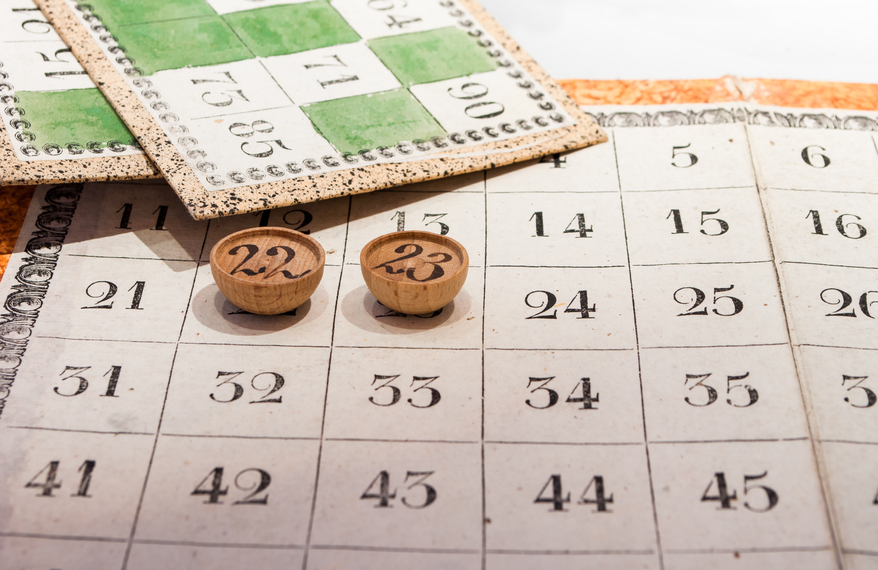
8 out of 10 Italians don’t know that the game of tombola was born in Naples in 1734 as a way to decrease the popularity of gambling. Gambling was legal in the Regno di Napoli at the time but was very little tolerated by the Church for moral reasons. In spite of it, declaring it illegal was out of the question, as it was source of a large amount of revenue for the kingdom.
The Bourbon king of Naples, Charles, had a little conversation with father Gregorio Maria Rocco, a dominican friar, and the two came to the agreement of forbidding gambling (which, by the way, had almost exclusively the shape and form of the lotto) during the Christmas period, but to keep it running for the rest of the year.
Neapolitans –just as all of us Italians– really, didn’t like to be told they couldn’t do what they loved and they remedied to it by creating a game similar to the lotto. By doing so, they could play privately at home during the Christmas holidays. And voilà, tombola was born.
Well, it’s clear that Italians are pretty ingenious people, right?!
In conclusion
If you happen to be in Italy over Capodanno, you’re now ready to participate with skill and knowledge to at least some of our favorite rituals. There are plenty more and they often change from a region to the other, so don’t get scared if you’re asked to do something different from what it’s written here, with the justification that “it’s tradition!”: it very likely is.
Of course, Capodanno is a moment, just like Christmas, where Italians go crazy with food and cook up a storm for their families and friends (unless, of course, they decide to go to a cenone), to the point that I would very much include “good food” in the list of typical Italian traditions to ring the new year in.



